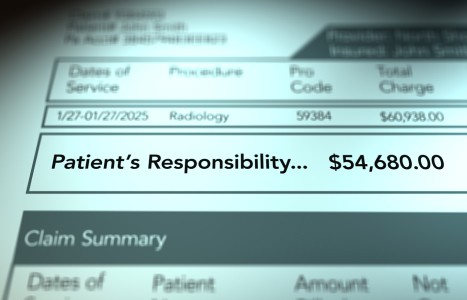Recent laws in New Jersey and California represent a disturbing trend that will negatively impact a practice’s ability to collect monies from patients, as well as expose them to significant penalties if the practice does not follow the mandatory guidelines to a T. Please be aware that a similar law may be coming to your state. The time to act is before the law is passed.
Office of Alternative Medicine Gets $2 Million in Funding
Conservative health care got a real boost last year when the National Institutes of Health (NIH) created the Office of Alternative Medicine (OAM). The creation of the new government office is a response to the fact that an increasing number of Americans are turning more and more to alternative health care options for relief of common ailments (e.g., back pain, headaches, arthritis), and for such life threatening diseases as cancer and AIDS.
The growing disillusionment with medicine, coupled with the astronomical costs associated with that care, has opened the government's eyes to investigate the role of alternative medicine in the grand scheme of health care.
Heading up OAM is Joe Jacobs, MD, a 46-year-old pediatrician. While you may wonder why an MD should oversee an office of alternative medicine, Dr. Jacobs is no stranger to unconventional care. As a boy living on a Cherokee reservation (Joe's father was part Cherokee), Joe Jacobs was introduced to Indian folk medicine by his mother, a full-blooded Mohawk. Indeed, the media coverage at times focused more on Dr. Jacob's blood line than on the OAM.
Dr. Jacob's thoughts on alternative health care did however surface. Time quoted him saying that alternative health care "could be just as good, cheaper and safer than many of the drugs and treatments we now use ..."
The OAM plans on spending two million of our tax dollars to fund a series of 10, two-year research projects involving alternative care. While it's much too early to know if one of those 10 studies will include chiropractic, the national exposure and prestige chiropractic could garner from such acceptance is tantalizing.
Stay tuned for further developments from the Office of Alternative Medicine.


